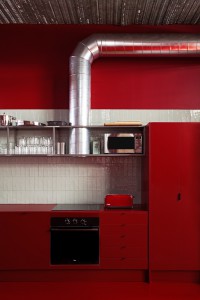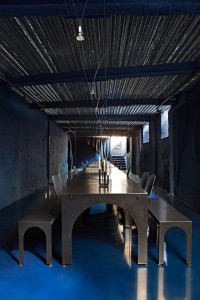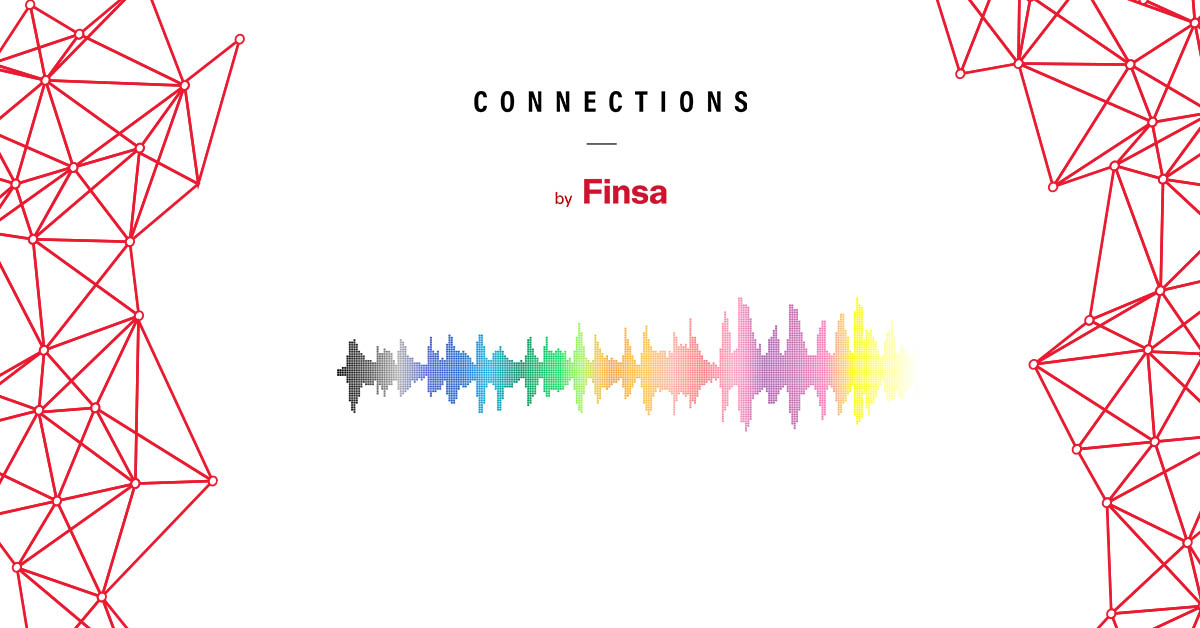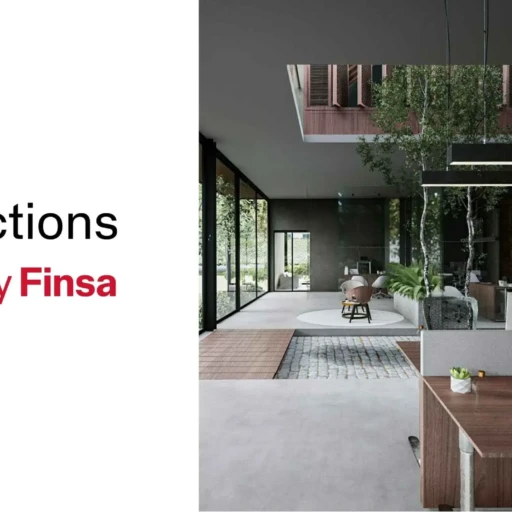Natural or artificial? Traditional or innovative? The choice of materials is key when it comes to tackling an interior architecture project. We asked some professionals which material they would choose as material of the year.
Every year, the London Design Fair chooses its Material of the Year and dedicates a whole exhibition to it. In 2018, they dedicated it to exploring the possibilities of a material which is omnipresent in our lives, but which gets a bad rap: plastic. We will have to wait until September to find out what has been chosen as the material of the year for 2019, but meanwhile we asked a few professionals which material they would choose.
The material of the year: natural or artificial
Antiques dealer and interior designer Fran Cassinello from Mandalay is fascinated by wood – its grains, its colours etc. – but he is also fascinated by stone. That’s why he chooses natural materials which are present in almost all of his projects: “They are the materials I use most, and I love how they age, the patina that time leaves.” In other projects he misses their quality, but also their smell and their feel. Although he recognises that sometimes it is smarter to use other materials with better durability, he says that ” if you’re going to care for them, I will always choose natural materials”.
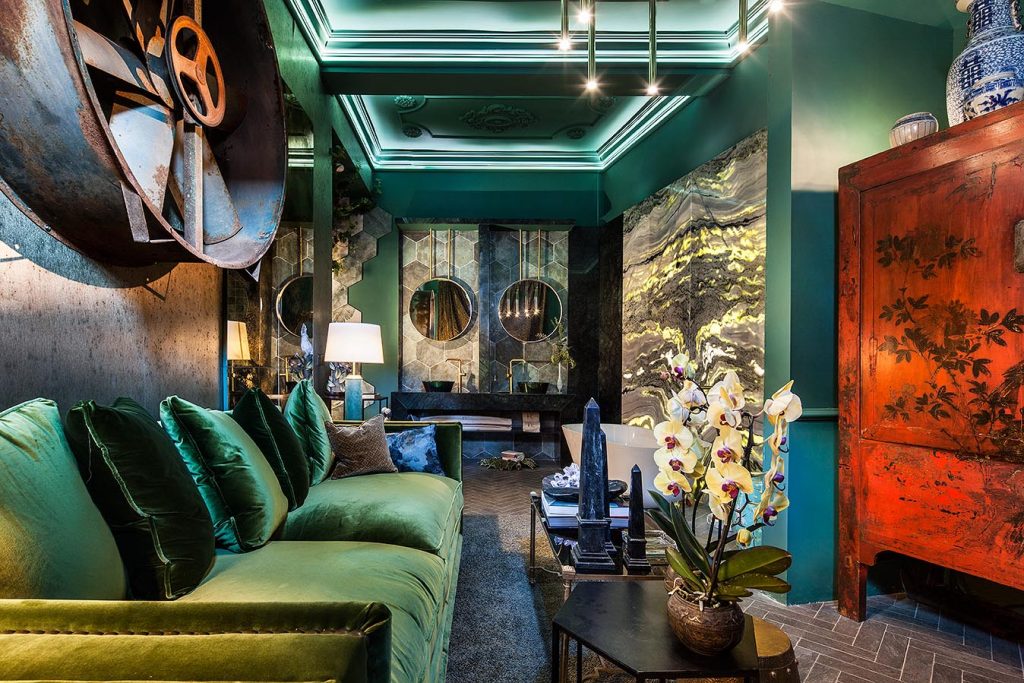
The material of the year for Juan Luis Requena, a founding partner of REQUENA Y PLAZA, would be melamine coatings in their many finishes. “They are materials with a competitive price point, which makes them a very good choice for many applications. In addition, they are long-lasting, and are easy to clean and maintain. From an aesthetic point of view, you can find them in a huge variety of formats and designs, making them a very good solution when working on interior design projects.” In fact, REQUENA Y PLAZA use them frequently in projects as they fulfil two essential requirements: technically they have very good functionality and they provide aesthetically attractive results.
The future: more sustainable materials
Enrique Ventosa and Ana Arana, founders of Plutarco, would choose any sustainable and recyclable material: “In materials innovation, it is important that we head towards this trend”. Together with sustainability, they believe that the materials of the future will prioritise durability: “The idea of ‘use and throw away has reached the point that people realise that something must be done. Little by little, the idea that we must invest in quality and optimising resources will be instilled”.

Fran Cassinello agrees that manufacturers are working to create more sustainable materials. But what is more sustainable than wood? “There is no material as biodegradable as natural ones” and, drawing a parallel with the new rise in shops that sell products in bulk, he says that perhaps the trend in materials should also be a return to the past.
How do materials influence a design?
To make sure a project is successful and unique, several elements must come together perfectly. Juan Luis Requena states that finishes play a key role in this objective, as they are one of the most important variables that give a space personality. For example, texturized materials help increase the qualities of the design by providing another sensation – that of touch.
In Plutarco’s case, the use of colour is one of the characteristics of their projects and their preferred materials are those to which colour can be applied, be it melamine, lacquered metal, or textiles. But they always take into account that each project requires specific materials.
Do the materials around us influence us?
The choice of materials can completely change a design according to Fran Cassinello, and for that reason “the choice of materials is given a lot of importance at a professional level, while at an individual level it depends on one’s sensibilities”. The decorator states that his colleagues know that it’s all about materials, shades, textures, colour, smell etc. “It’s like painting a picture with different colours. With them you’re going to create sensations in the person that is experiencing it.”
The choice of materials affects us emotionally and in a way that is relevant to how users perceive a space from a sensorial point of view. “People always react to sensory stimulation, albeit in different ways”, says Juan Luis Requena, for who “all of our senses influence our mood, and you could say that the choice of certain materials, colours, aromas etc. will awaken a certain response in the users”.
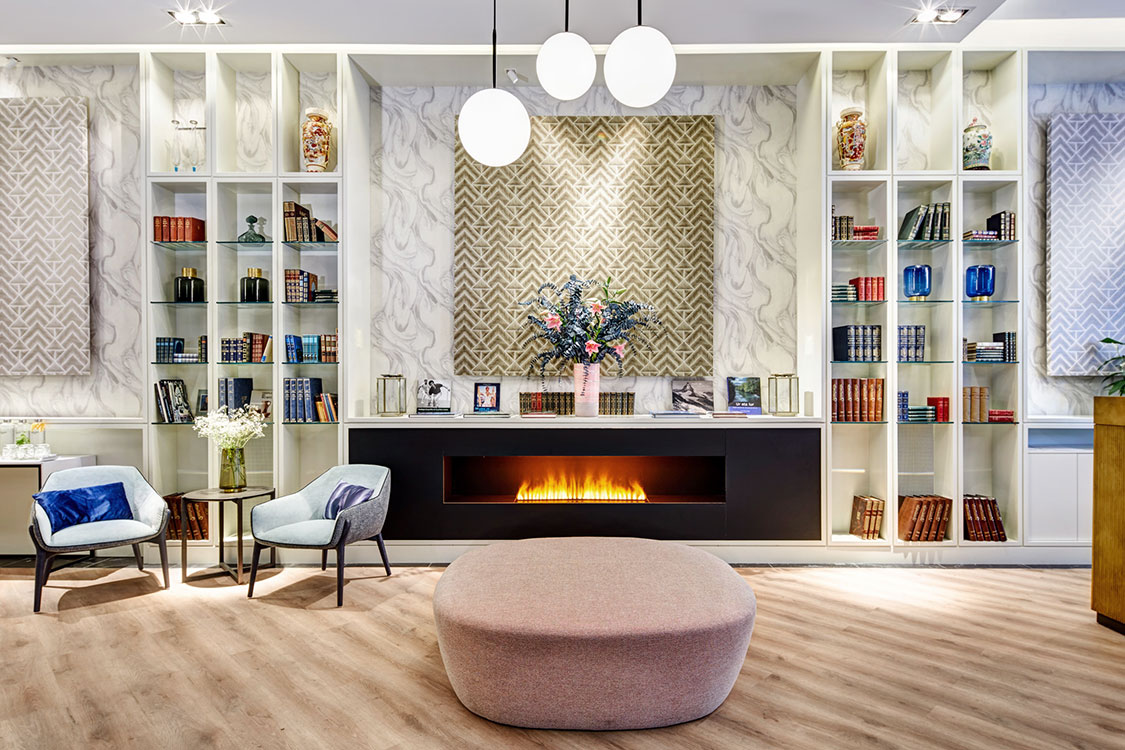
For Fran Cassinello, the key is in making the user feel good through materials and all of the elements in reach “so that you come home from work, walk into your house, and your microworld is harmonious when it comes comfort, aesthetics, and functionality, so it’s therapeutic. Like watching a good movie or looking at a painting, it makes you the most relaxed version of yourself”. In the end, it’s about “creating spaces that people want to be in and enjoy”, agrees Juan Luis Requena.
A world in constant evolution
In recent years we have entered into a period of constant innovation in the world of materials and, as Juan Luis Requena admits, sometimes the momentum of work in studios makes it difficult to keep up to date. Materials libraries can act as a resource. At REQUENA Y PLAZA, they have consulted companies that specialise in collecting innovative products, but it’s more common for knowledge to come from attending product presentations, fairs, or consults with suppliers.
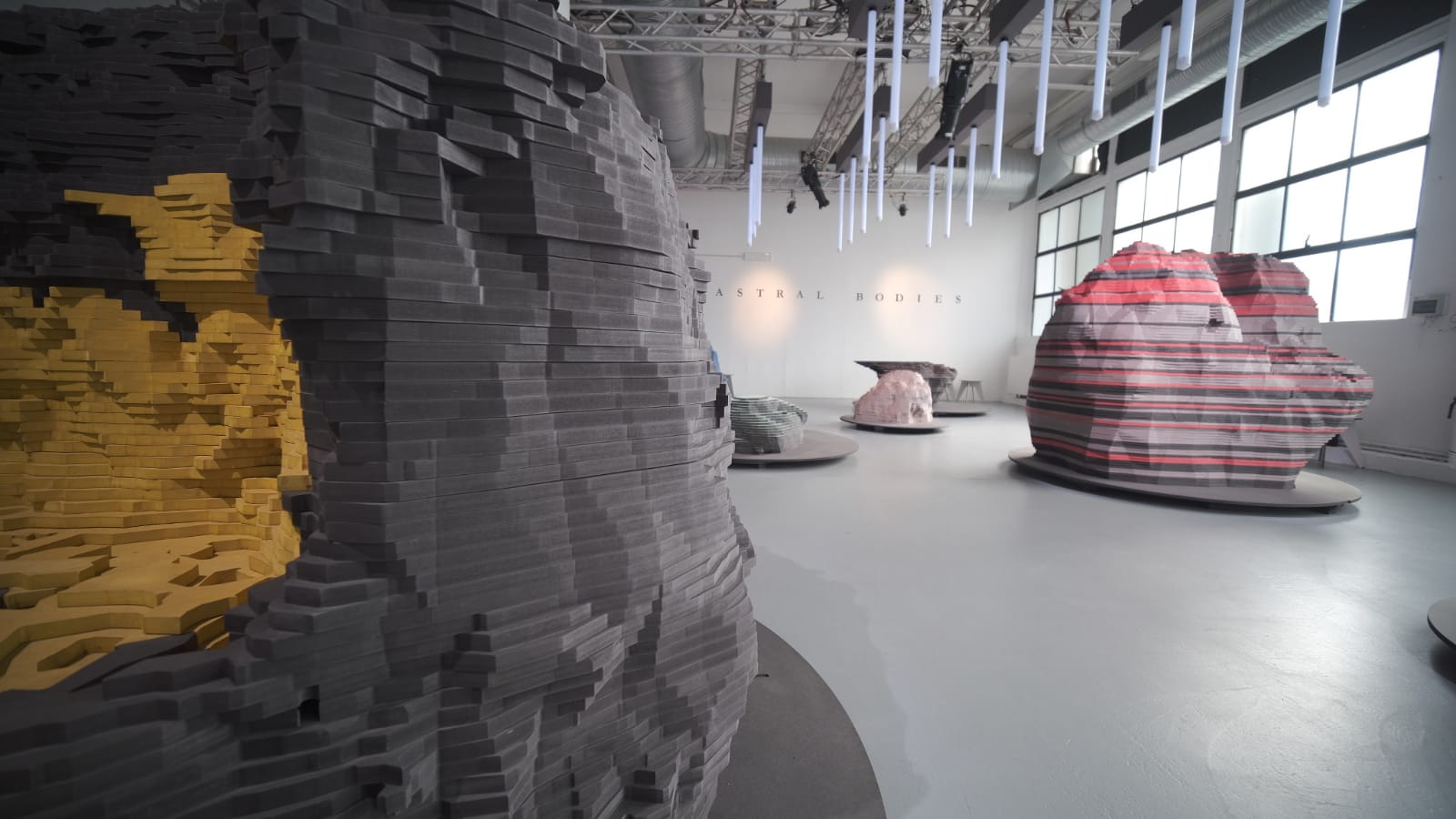
Fran Cassinello learns about the latest developments by attending decorating fairs, through specialised publications, and by going straight to the source and visiting manufacturers – “Whenever a supplier offers me a visit to a huge factory, I look around as much as I’m allowed.” During his recent visits, he has learned about wood solutions from FINSA, ceramics from Porcelanosa and a factory that makes cork products in Portugal.
But is there a secret to choosing the right material every time? Sorry, but as Juan Luís Requena says, there’s no magic formula, rather it’s about listening to the client and choosing the one that fits best in each case.


